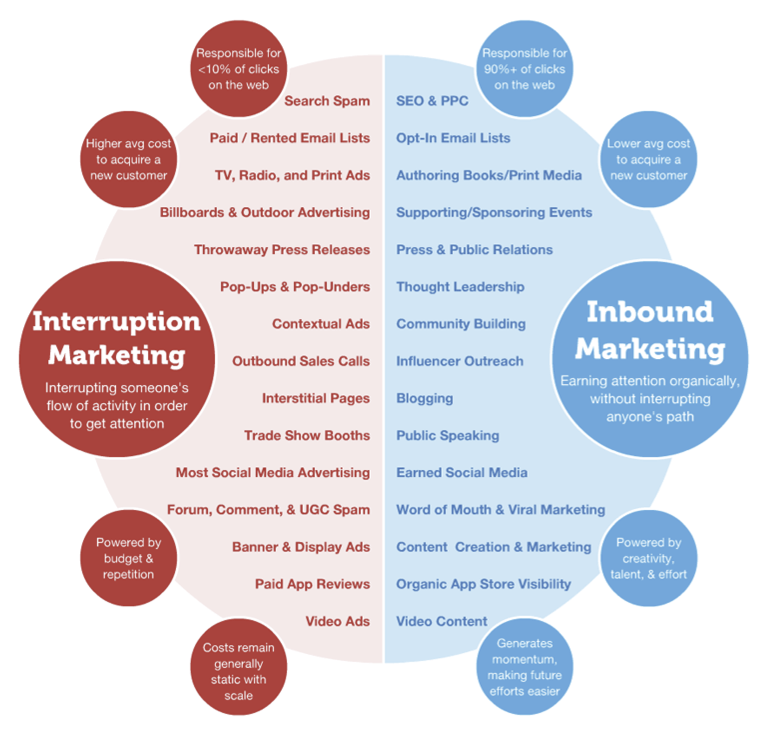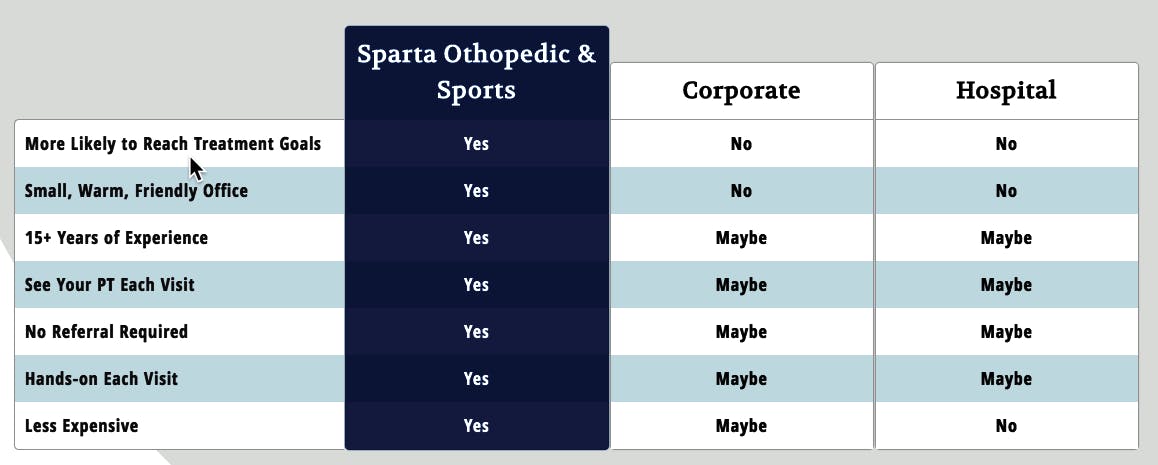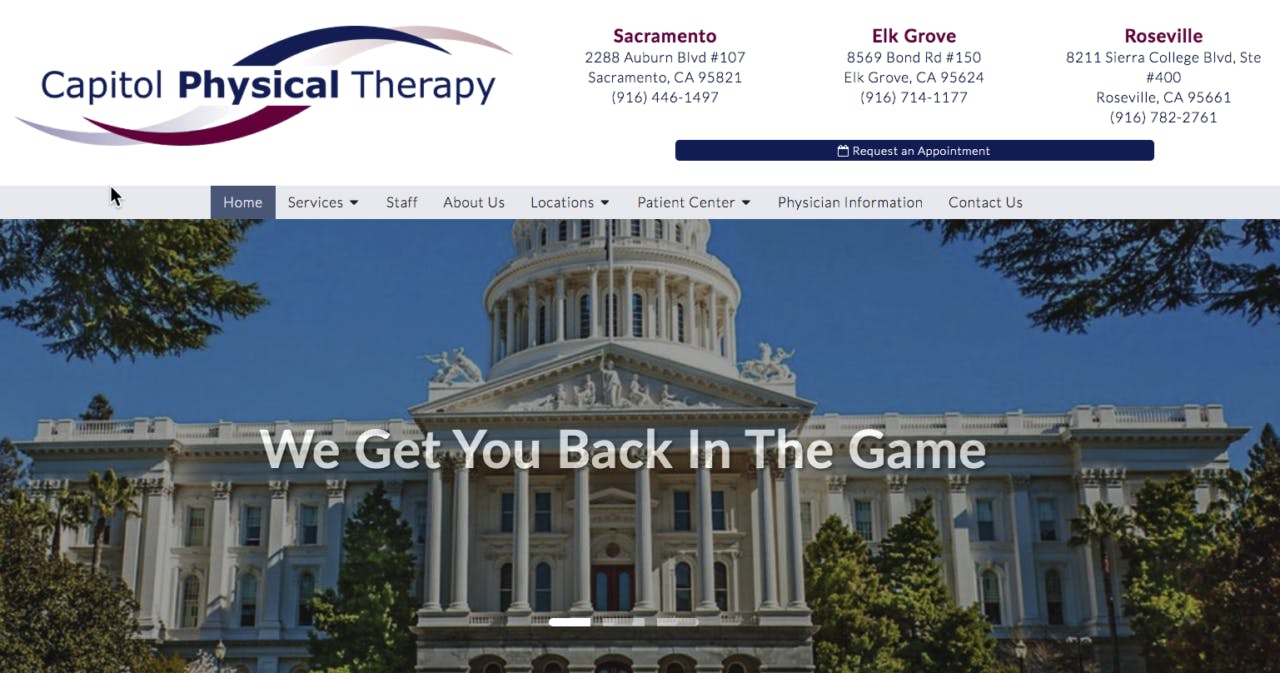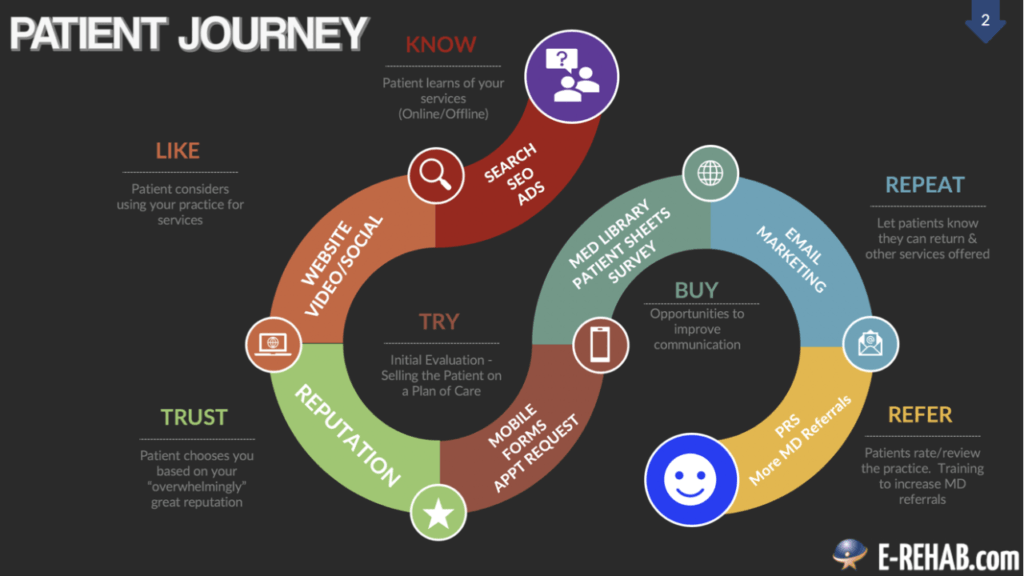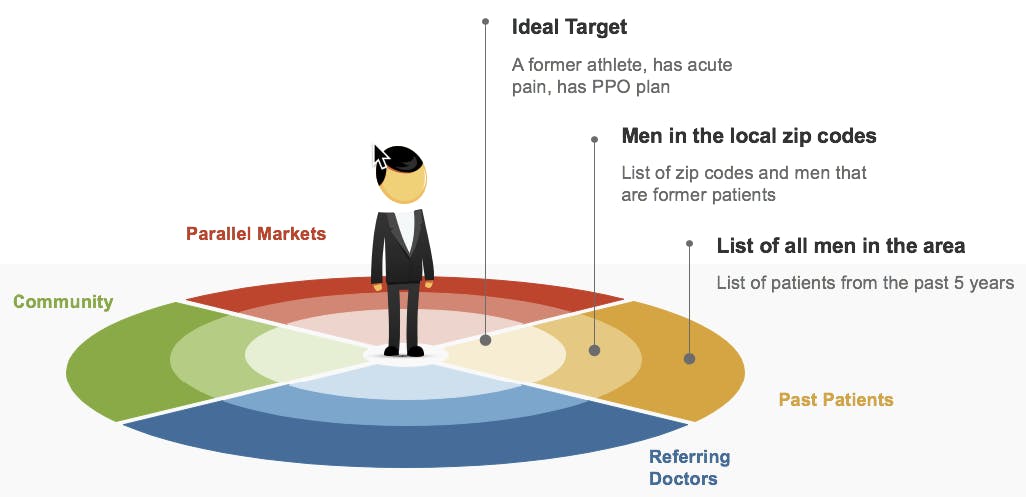The 5 Best Offline Tools that You Should be Using
So far in this blog series (click here for Part 2 and click here for Part 1), we’ve covered a variety of inbound and outbound marketing methods that revolve primarily around a web-based strategy. Our last blog evaluated the merits of an outbound approach and offered a few tips to get you started on some of the most commonly used advertising platforms. But it’s important to realize that this is only part of the full potential of outbound.
In our digital age, it may be easy to forget that there was a time when the only way to reach people was through print, television, and radio. Offline advertising—which is essentially any form of marketing done without the internet—doesn’t seem to get nearly as much attention as online marketing these days, but you certainly shouldn’t neglect it. In fact, an offline campaign can prove to be a major boon to your private physical therapy practice by getting your name in front of a larger number of prospective patients in your area.
One of the biggest problems private practices face is convincing individuals in pain that physical therapy will address their problems, and that you specifically can make their lives easier if they complete a comprehensive treatment program. We’ve already discussed how someone with neck pain might do an internet search to find answers and possibly come across your name, but what about those who don’t even make it to that step? Or better yet, what about the demographic that hardly uses the internet?
As you can see, every effective marketing strategy must consider these populations, too, and offline marketing is the best way to reach them. Offline tactics give you the control to introduce your practice and what you offer to anyone in your region that opens their mail, reads local publications, or attends community events who may not have otherwise known you exist. Over time, these methods can help to reinforce your values, build confidence and trust, and—when done successfully—convert more new patients. Here are the 5 best offline marketing tools that we recommend and some tips to guide you:
- Local ads
- Get your name out to the local public by running an ad or series of ads in your community newspaper or magazine
- Be sure to use this valuable advertising real estate wisely by carefully deciding on the message you want to send and choosing words that best represent your values
- TV ads are another option, but these are often expensive and may only be worthwhile in smaller communities
- Local media article
- Another way to utilize local media is to write an article for a newspaper or magazine in your area
- These articles will provide you with more room to explain what a physical therapist is and how you can effectively manage a wide variety of painful conditions; this will in turn help to create a favorable reputation and keep you fresh in the minds of local residents
- If the response is high, you may be able to become a regular contributor
- Direct mail
- You can purchase a mailing list through a distributor and send out flyers or brochures about your practice to every address on the list
- Direct mail is generally a cost-effective option, as you can reach a large number of individuals at a low cost
- Most people at least briefly scan through their mail, so if you present them with a well-designed ad and engaging content, they may keep you in mind or consider looking into your practice
- Every Door Direct Mail (EDDM)
- Another option for getting into local residents’ mailboxes
- Unlike direct mail, no mailing list is necessary, as you can simply send it to all addresses in a particular zip code or region; EDDM is also even less expensive than direct mail and does not require a permit to disperse
- There’s a great deal of flexibility in terms of size, format, and design to allow you to represent your private physical therapy practice in the best possible light
- Attend or Sponsor Community Events
- Attending or sponsoring fundraisers, sporting events, or charity events is another great way to get your name out there and show that you care about the local community
- It will also give you and your employees an opportunity to meet individuals and establish a relationship that may be considered if they decide to undergo treatment
In our final blog of this series, we present you with a wider view of your audience and make the case for a content marketing focus.


